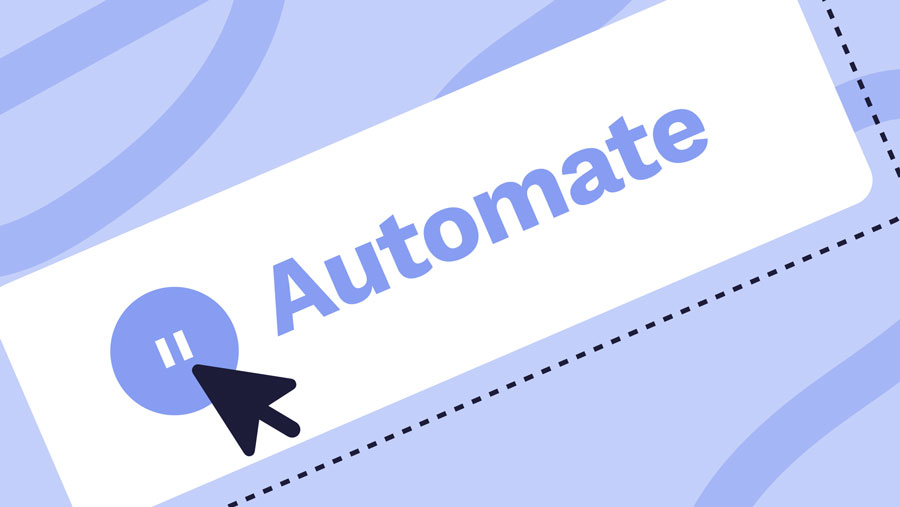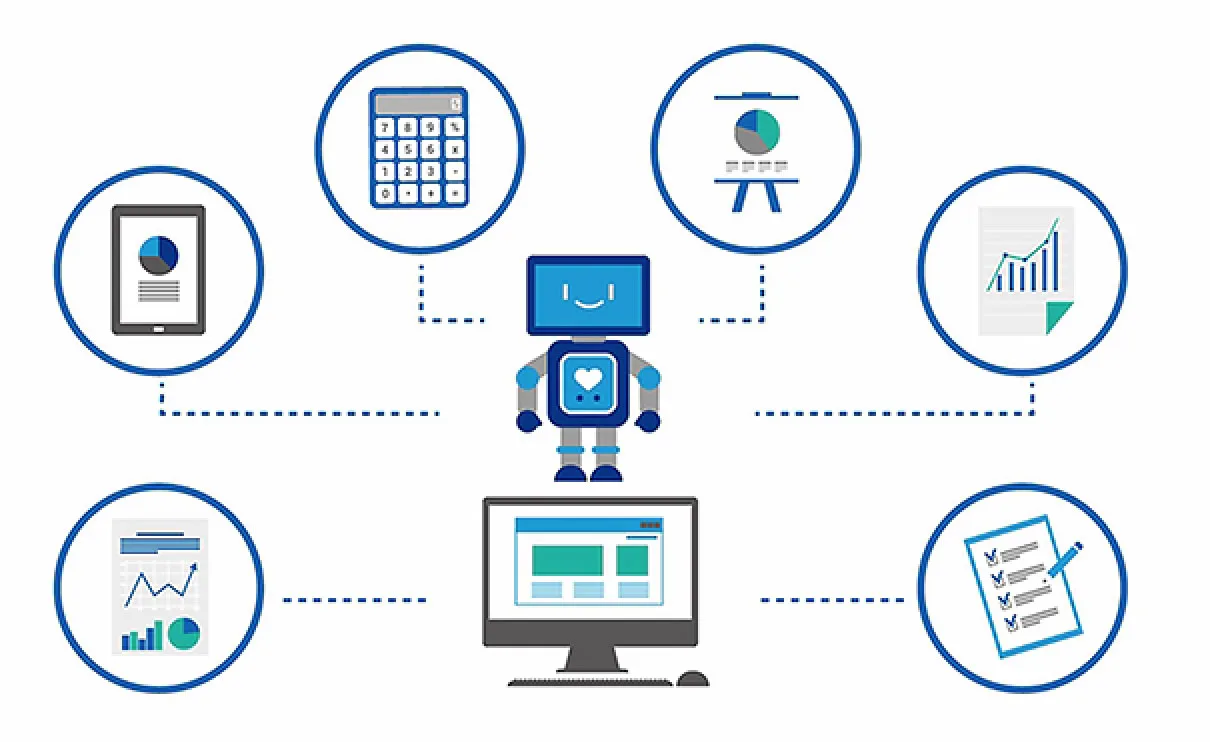Are you tired of spending hours each day on repetitive tasks that seem to eat up your time and energy? Do you find yourself wishing for a way to simplify your day and focus on the things that truly matter? If so, you’re not alone. Many people struggle with the pains and problems of daily task management, but there is a solution: automation of daily tasks.
By harnessing the power of technology, you can streamline your daily tasks and free up valuable time for more important activities. In this ultimate guide to daily task automation, we will explore the benefits of automation, provide practical tips for implementing it in your life, and recommend a brand that can help you achieve your automation goals. Continue reading to learn how you can simplify your day and reclaim your time.
- Discover the benefits of daily task automation
- Learn practical tips for implementing automation in your life
- Find a recommended brand to help you streamline your tasks.
Definition of Automation of Daily Task

Automation of daily tasks refers to the process of using technology and software to streamline and execute repetitive tasks automatically, without the need for manual intervention. It involves identifying routine tasks that can be standardized and automated, allowing employees to focus on more important and strategic activities.
Benefits of Automating Daily Tasks
Automation of daily tasks offers several advantages for businesses and individuals alike:
- Increased Efficiency and Productivity: Automation reduces the time and effort required to complete repetitive tasks, leading to improved efficiency and increased productivity.
- Error Reduction: Automated processes minimize the risk of human errors, ensuring accuracy and consistency in task execution.
- Time and Cost Savings: By automating daily tasks, organizations can save valuable time and resources, which can be allocated to more critical business activities.
- Improved Employee Satisfaction: Automation eliminates mundane and repetitive tasks, allowing employees to focus on more challenging and rewarding work, leading to higher job satisfaction.
- Enhanced Scalability: Automated processes can easily scale with business growth, accommodating increased workload and demands without requiring additional resources.

In conclusion, daily task automation offers numerous benefits, ranging from increased efficiency and productivity to cost savings and improved employee satisfaction. By embracing automation, businesses can optimize their operations and achieve greater success.
Common Daily Tasks That Can Be Automated
Email Management
Dealing with a flooded inbox can be a time-consuming and stressful task. However, automating email management can greatly alleviate this burden. With the help of email filters and rules, you can organize incoming emails into specific folders, prioritize certain senders, and automatically delete spam or promotional emails.
By setting up these automation processes, you can ensure that your inbox is always tidy and that you only focus on the most important emails, saving you valuable time and reducing the risk of missing important messages.
Appointment Scheduling
Scheduling appointments can be a tedious process that involves back-and-forth communication, especially when dealing with multiple participants. Automating appointment scheduling can streamline this process and eliminate the need for manual coordination. By utilizing scheduling software or calendar applications, you can share your availability with others, allowing them to book appointments directly without the need for constant email exchanges.
This not only reduces the time and effort spent on scheduling but also minimizes the chances of double bookings or conflicts, ensuring a smooth and efficient appointment management system.
Incorporating automation into these common daily tasks can significantly improve productivity, reduce stress, and enhance overall efficiency. By utilizing the power of technology, you can focus on more important aspects of your work and personal life, while leaving repetitive and time-consuming tasks to be handled automatically.
Tools and Software for Automation
Email Filters and Rules

Email filters and rules are essential tools for automating the management of your inbox. With the increasing volume of emails we receive daily, it can be overwhelming to manually sort through and prioritize them. Email filters allow you to automatically categorize incoming emails based on specific criteria, such as sender, subject, or keywords.
By creating rules, you can set actions to be taken automatically when certain conditions are met, such as moving emails to specific folders, marking them as important, or deleting them altogether. These tools help alleviate the pain of manually organizing and sifting through countless emails, enabling you to focus on more important tasks.
Calendar and Scheduling Apps
Calendar and scheduling apps are powerful tools that automate the process of managing and organizing your appointments and events. With these apps, you can schedule meetings, set reminders, and share your availability with others effortlessly. Calendar apps integrate with your email, allowing you to automatically add events from your emails and even send out meeting invitations. They also offer features like syncing across devices, color-coding, and notifications to keep you on track. By automating the scheduling process, these tools save you time and reduce the risk of double-booking or missing important events.
Strategies for Effective Automation
Analyzing your daily tasks
In order to implement effective automation strategies, it is crucial to start by analyzing your daily tasks. This involves understanding the processes you currently follow and identifying areas that can be streamlined and automated. By carefully examining each task, you can determine which ones are repetitive, time-consuming, or prone to human error.
Identifying tasks that can be automated
Once you have analyzed your daily tasks, the next step is to identify specific tasks that can be automated. Look for tasks that are simple, rule-based, and do not require human judgment. These are the ideal candidates for automation. Examples may include data entry, report generation, email responses, or file organization.
By automating these tasks, you can save valuable time, reduce errors, and improve overall efficiency. This allows you to focus on more strategic and creative aspects of your work, resulting in increased productivity and job satisfaction.
Remember to use LSI keywords like “productivity improvement”, “time-saving solutions”, and “work process optimization” to optimize your content for search engines. By implementing effective automation strategies, you can revolutionize your workflow and achieve greater success in your daily tasks.
Best Practices for Daily Task Automation
Testing and Refining Automation Processes
Implementing automation in daily tasks can greatly improve efficiency and productivity. However, it is essential to test and refine the automation processes to ensure accuracy and effectiveness. By conducting thorough testing, potential errors or flaws can be identified and rectified before deployment. This ensures a smooth and seamless automation experience, minimizing disruptions and optimizing workflow.
Regularly Reviewing and Updating Automated Tasks
Automation is not a one-time setup; it requires regular review and updates to adapt to changing business needs and processes. Regularly evaluating automated tasks allows for identifying areas of improvement and making necessary adjustments. This practice ensures that the automation remains relevant and continues to deliver the desired results.
By following these best practices, businesses can optimize the benefits of Automation of daily tasks. Improved efficiency, reduced manual errors, and enhanced productivity are some of the key advantages.










